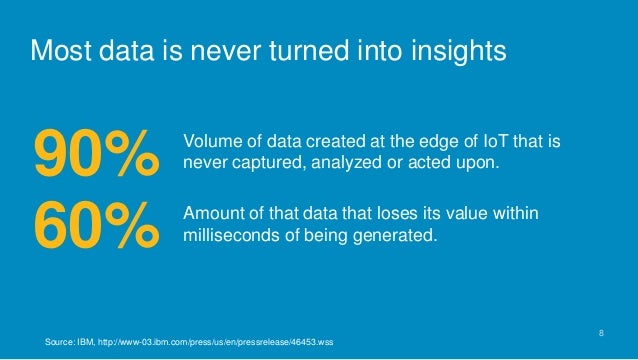It remains unclear how various internet of things markets will develop, as opportunities for 5G connectivity providers or edge computing suppliers. The issue is that there are good alternatives to network-based edge computing and 5G access.
Many use cases can rely on premises-based enterprise-owned computing and local area network connectivity. Broadly speaking, larger sites are better candidates for private enterprise edge computing; smaller sites are better candidates for third party infrastructure edge computing.
Broadly speaking, outdoor and mobile use cases are suitable for 5G-based connectivity or infrastructure edge computing. Indoor, larger sites might well be able to use private local communications (private 4G or 5G, Wi-Fi, other local wireless platforms).
Backhaul might often use fixed networks rather than mobile 5G.
Smart home often will use Wi-Fi for local connectivity and fixed networks for local access (backhaul), as the lead use cases include home security and connected appliances, including consumer devices such as smartwatches and smartphones while in home.
Wearables (smartwatches and health monitors), on the other hand, might routinely rely on local wireless distribution (Bluetooth and others) or Wi-Fi while in-home, but 5G routinely when out and about.
Many connected health use cases are similar to the wearables market. The consumer use cases might rely on Bluetooth local communications, then Wi-Fi and some form of fixed wide area communications, or mobile connectivity exclusively for more life-critical use cases.
Smart cities are among the use cases best suited to 5G connectivity, as many of the use cases will be outdoors and widely scattered and not conveniently located for Wi-Fi access and local power. Such use cases are traffic cameras, traffic monitors, parking apps, pollution sensors, water meters and trash monitors.
Almost by definition, city-sized areas are amenable to edge computing, including both infrastructure edge and premises edge formats.
Smart grids for electrical and energy systems might be suited to low power wide area communication networks, as sensor data tends to use little bandwidth. But as prices for either 4G or 5G IoT platforms fall, mobile connectivity might emerge as an alternative.
Most consumer (at home) use cases will not have requirements for low-latency reporting. Low-latency reporting arguably will be more important for the core parts of the utility grid.
Industrial internet is among the areas best positioned for enterprise premises edge computing and private 4G or 5G networks, with WAN connectivity using fixed networks. Smaller entities and locations will be better candidates for infrastructure edge computing, as those locations might not be able to support on-premises computing.
Local communications might also rely on 5G managed access, both for local communications (quality of service reasons) and local access to the infrastructure edge computing centers.
Connected car is, without any question, the one area where infrastructure edge computing and 5G access make the most sense. By definition, vehicles are outdoors and mobile, the best use case for mobile communications. The need for ultra-low latency computing also is strong, and therefore the case for edge computing.
Smart retail is well suited to use of Wi-Fi and wired local communications, as well as premises computing for most use cases (inventory, checkout). Few of the use cases are especially latency dependent. Private 4G or 5G might also work for larger retail locations.
Smart farming, because it, by definition, happens in rural areas, is another area where 5G networks have natural appeal, but infrastructure edge computing probably does does not make as much sense. Enterprise edge (on-premises computing), because of the costs of backhaul, also might make sense in a precision agriculture context.
The general point is that the value and suitability of various edge computing modes and access platforms will vary by use case and industry setting. Connected car is the best example of a “good for 5G” and infrastructure edge computing argument. Smart retail and industrial IoT are areas where the case for infrastructure edge and 5G are less compelling, as other alternatives exist.
The big picture issue is that markets for 5G-based internet of things and 5G-based infrastructure edge computing vary by industry vertical or use case. There is no “one size fits all.”

